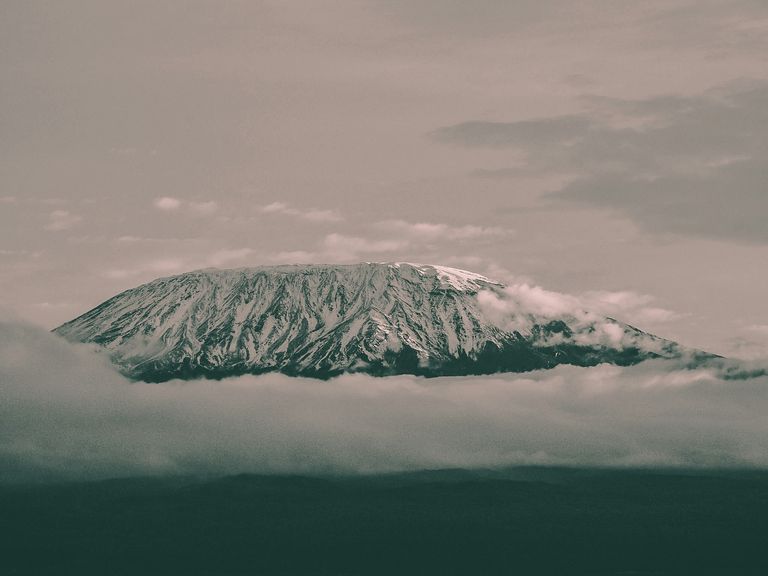Since Kilimanjaro is regarded as the simplest, it is a popular choice for both seasoned hikers and novice explorers. There are no special abilities or tools needed to climb the mountain, such as an ice axe, crampons, rope, or harness. A large number of climbers on Kilimanjaro arrive without much trekking or backpacking expertise.

Nowadays, about 30,000 people ascend Mount Kilimanjaro annually. It is frequently stated, though unsupported, that 50% of climbers fail. Given that Kilimanjaro is not thought to be a very challenging summit in comparison to other mountains, this is surprising. After all, reaching the summit doesn't need superhuman skills and isn't a technical peak.

Why are there so many failures? The main cause is altitude sickness. People often choose the incorrect path by mistake. The Marangu Route, which takes five days to reach the summit, is the most direct route for those who are unsuccessful in their ascent. To help with acclimatization, it is recommended to choose a longer path when climbing.
Furthermore, a large portion of Kilimanjaro climbers are novice hikers. They don't train hard enough, have the proper equipment, or hire a reliable guiding service in order to properly prepare for their climb.
